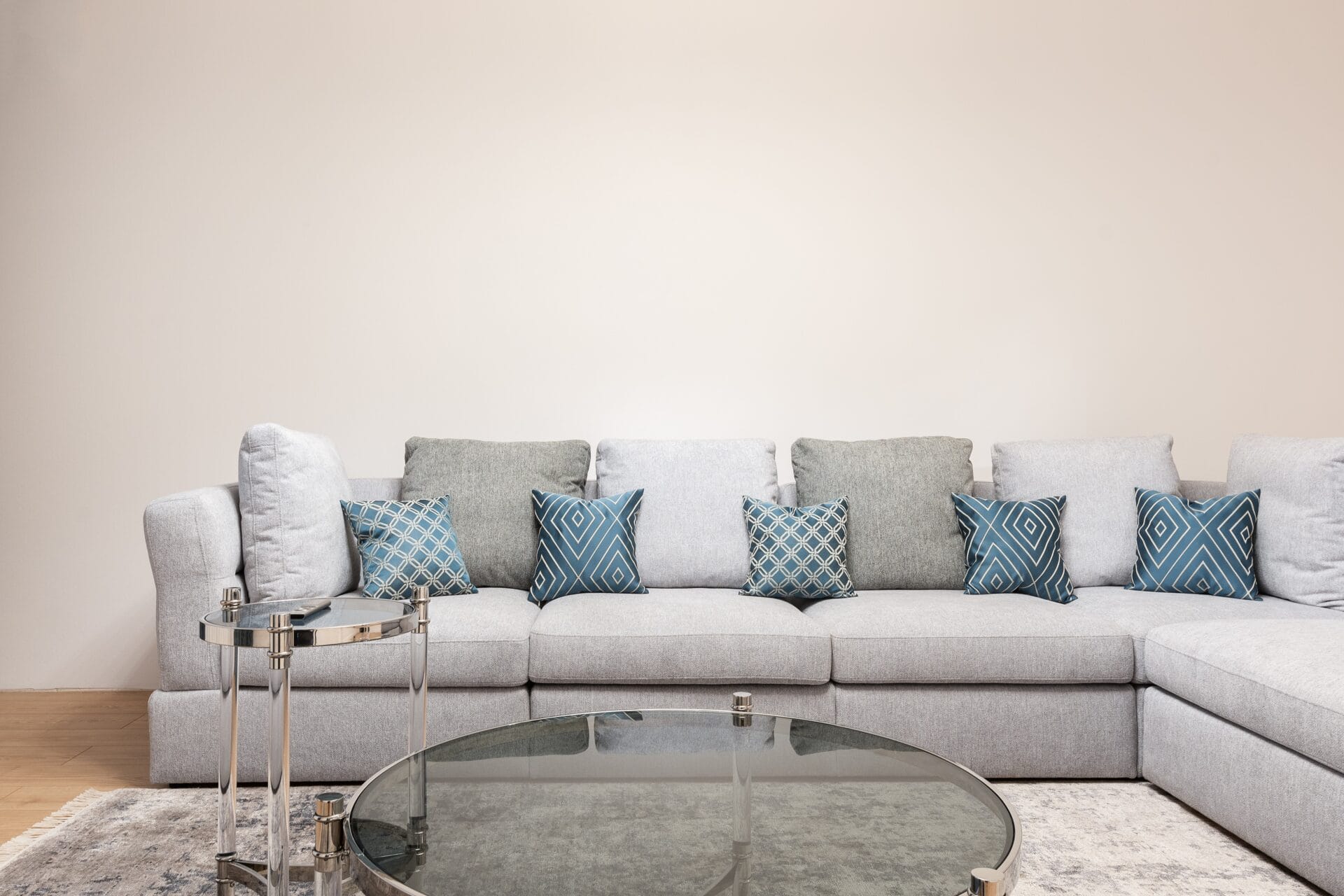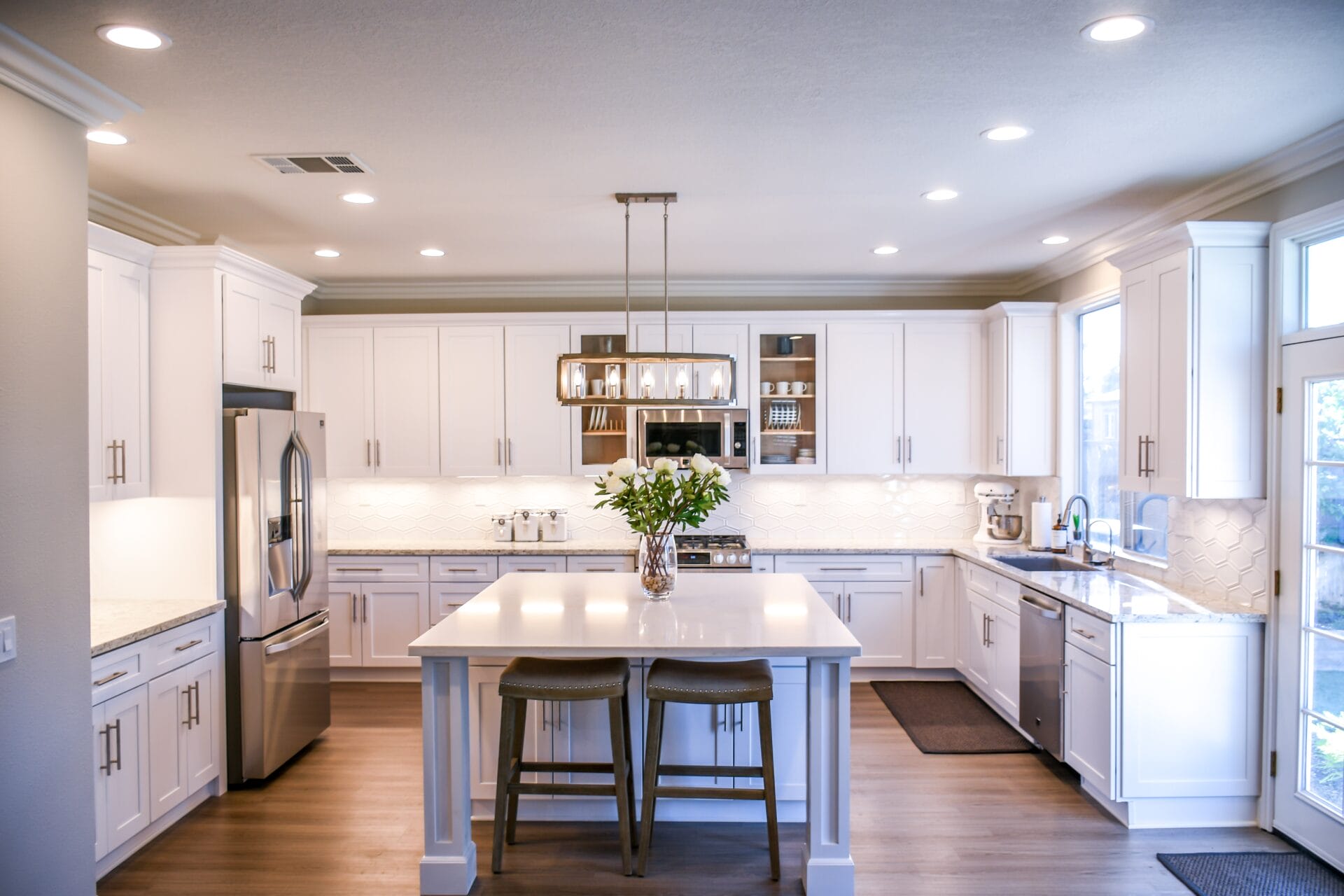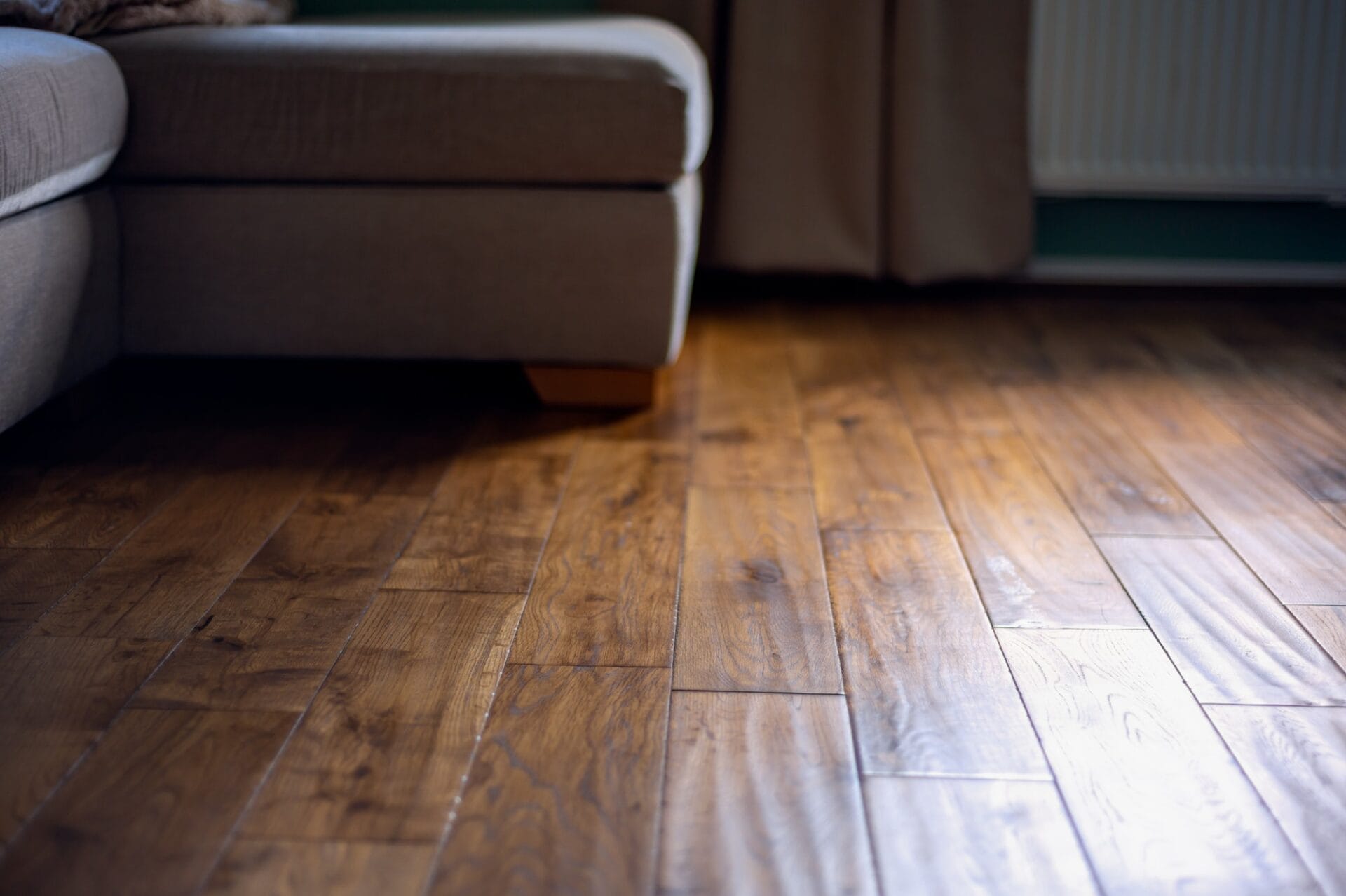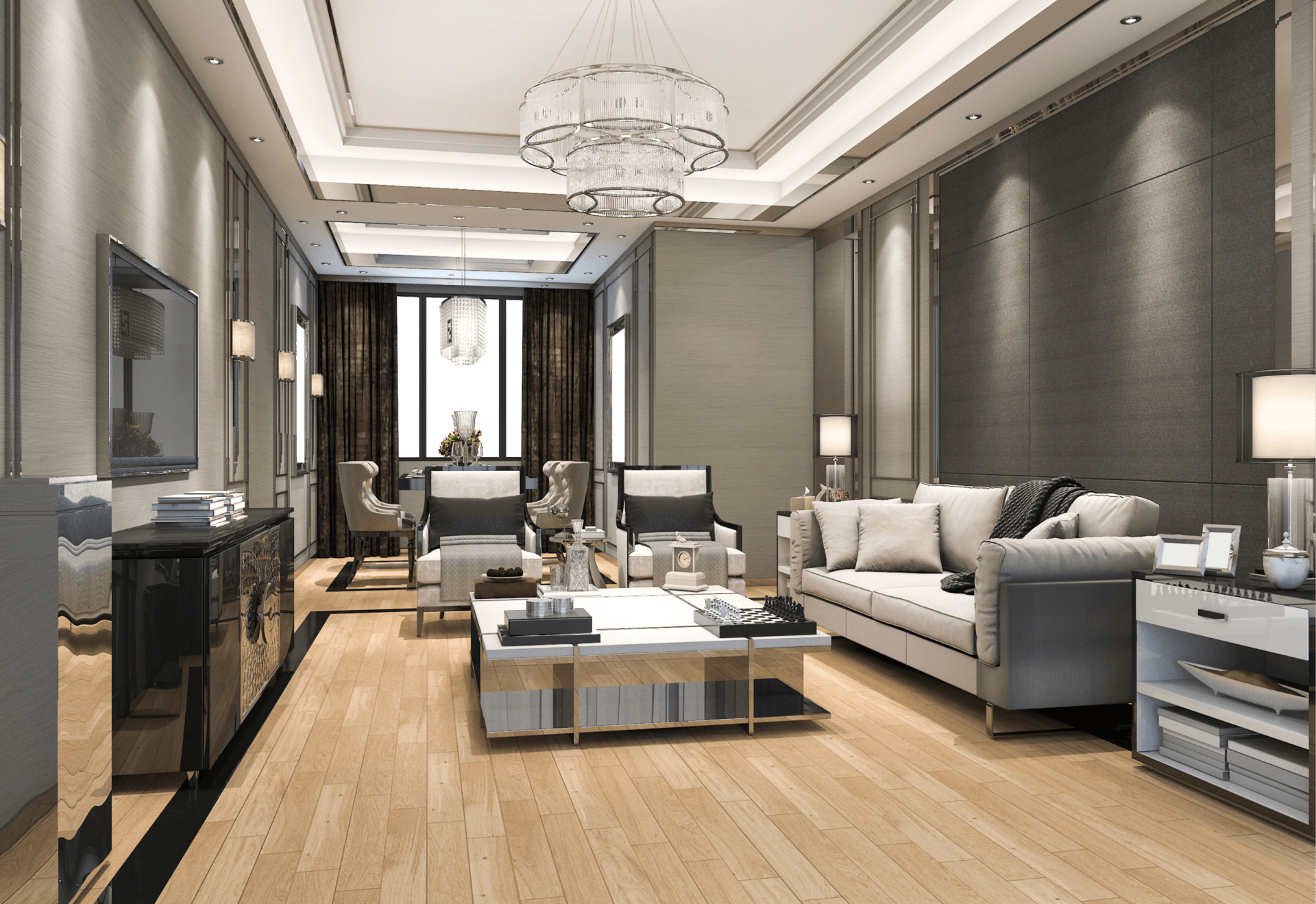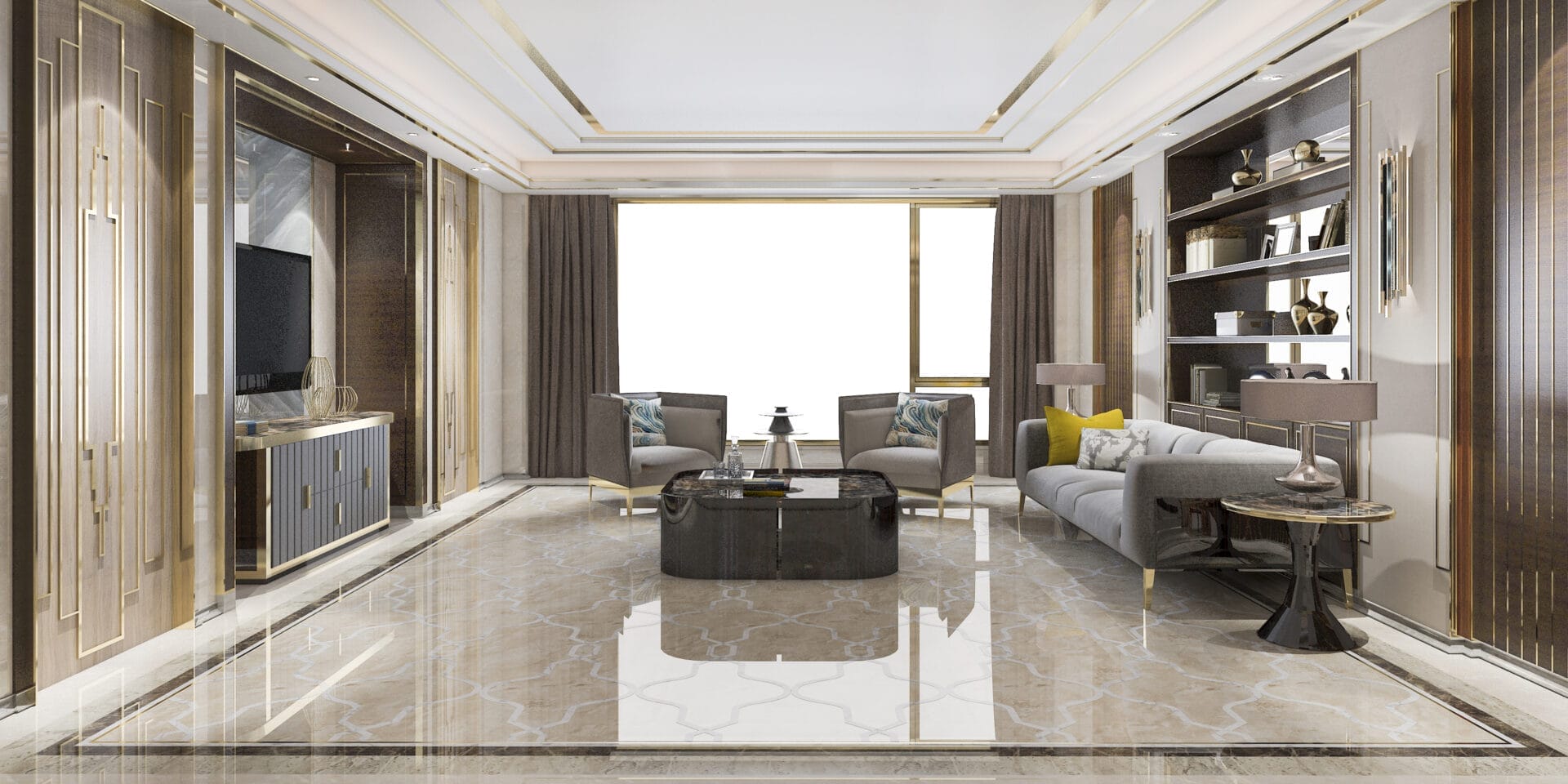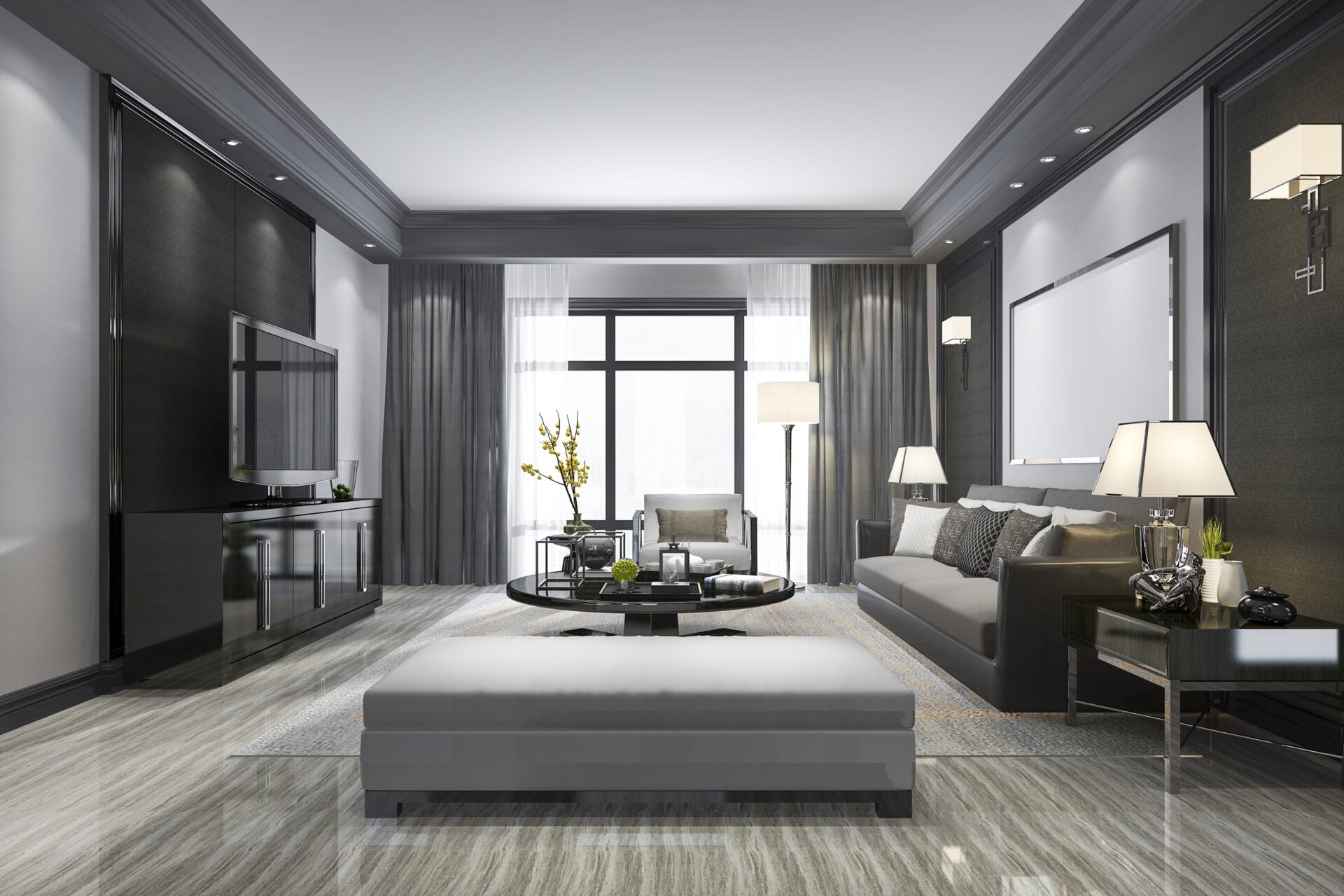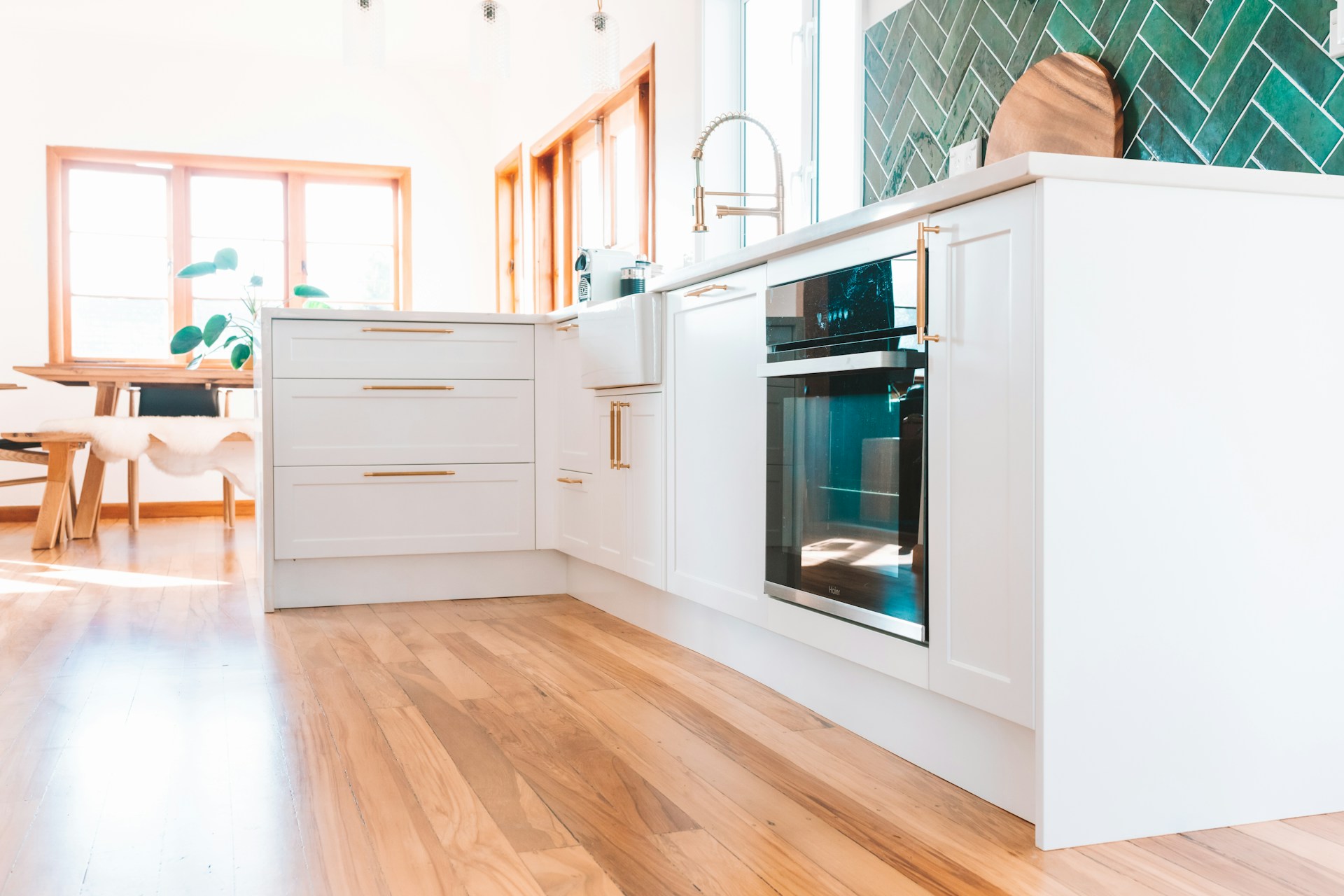When it comes to choosing new flooring for your home, two popular options often come to the forefront: luxury vinyl plank (LVP) and laminate flooring. Both offer a range of benefits and can mimic the look of natural wood or tile, but they also have distinct differences that can impact your decision. At H&R Carpet in Waco, TX, we want to help you make an informed choice by exploring the key factors that set these two flooring materials apart.
Composition and Construction
The first major difference between luxury vinyl flooring and laminate flooring lies in their construction. Luxury vinyl plank is made primarily from synthetic materials, with a core layer that is often composed of polyvinyl chloride (PVC) or other resilient materials. On top of this core, a design layer is added, which can replicate the look of natural wood, stone, or tile with remarkable accuracy. This layer is then protected by a wear layer, which gives LVP its durability and resistance to scratches and scuffs.
Laminate flooring, on the other hand, is made from a composite material known as high-density fiberboard (HDF) or medium-density fiberboard (MDF). This core is also topped with a design layer that mimics the appearance of natural wood or tile. Like LVP, laminate flooring has a wear layer that protects it from everyday wear and tear, but it is generally less resistant to moisture compared to luxury vinyl flooring.
Durability and Lifespan
When considering flooring material, durability is a key factor, especially for high-traffic areas. Luxury vinyl flooring is known for its exceptional durability. It can last up to 25 years or more, depending on the quality of the product and how well it is maintained. The water resistance of LVP is one of its standout features, making it an ideal choice for areas prone to moisture, such as kitchens, bathrooms, and basements. Unlike laminate, luxury vinyl plank is highly resistant to water damage, and some types of vinyl flooring are even 100% waterproof.
Laminate flooring is also durable, with a lifespan of up to 20 years, though it is generally not as long-lasting as luxury vinyl. While laminate can withstand daily foot traffic and is resistant to scratches, it is more susceptible to water damage. If exposed to water for extended periods, laminate flooring can warp or swell, which can be a concern in moisture-prone areas. However, higher quality laminate options with improved water resistance are available, though they may not match the water resistance of LVP.
Installation Process
Both luxury vinyl plank and laminate flooring are considered relatively easy to install, making them popular choices for DIY enthusiasts. Both types of flooring typically use a floating floor installation method, where the planks click together and “float” above the subfloor without the need for nails or glue.
Luxury vinyl flooring has the added advantage of flexibility, which allows it to be installed over uneven subfloors with fewer complications. Additionally, LVP is thinner than laminate, which can make it easier to cut and fit into tight spaces. Because of its water resistance, luxury vinyl flooring can be installed in virtually any room, including those with high humidity.
Laminate flooring installation is also straightforward, but it requires a more level subfloor to prevent issues such as peaking or gapping. Laminate is thicker than LVP, which can provide a more solid feel underfoot, but this also means that it might be less forgiving over imperfect subfloors.
Aesthetic Appeal
When it comes to appearance, both luxury vinyl plank and laminate flooring offer a wide range of design options that can closely mimic the look of natural wood, stone, or tile. The design layer in both materials is created using high-definition printing technology, which results in realistic textures and patterns.
Luxury vinyl plank is particularly known for its ability to replicate the appearance of natural wood and tile with remarkable detail. The design layer is often embossed to create a texture that mimics the grain of wood or the surface of stone. Additionally, LVP is available in a variety of formats, including wood-look planks and stone-look tiles, giving homeowners a versatile range of styles to choose from.
Laminate flooring also offers a wide array of design options, and its thicker construction allows for deeper embossing, which can create more pronounced textures. However, while laminate can convincingly replicate the look of natural materials, it may not offer the same level of realism as higher-end luxury vinyl flooring. Additionally, laminate’s susceptibility to water damage can limit its use in areas where the appearance of natural wood or stone would be most desirable, such as bathrooms or kitchens.
Cost Considerations
Cost is always an important factor when choosing flooring, and both luxury vinyl plank and laminate flooring offer budget-friendly options. The price of each can vary depending on the quality of the materials, the complexity of the design layer, and the thickness of the wear layer.
Luxury vinyl flooring tends to be slightly more expensive than laminate, especially when considering higher quality options with enhanced water resistance and thicker wear layers. However, the added cost of LVP is often justified by its superior durability, water resistance, and versatility in installation.
Laminate flooring is generally more affordable, making it an attractive option for budget-conscious homeowners. While higher quality laminate options can come close to the price of LVP, standard laminate is often less expensive per square foot. However, when considering the total cost of ownership, it’s important to factor in the potential for water damage and the need for replacement sooner than with luxury vinyl.
Maintenance and Cleaning
Both luxury vinyl plank and laminate flooring are relatively low-maintenance, but there are some differences in how they should be cared for. Luxury vinyl flooring is highly resistant to water, stains, and scratches, making it easy to clean with a simple wet mop. Because it is less likely to suffer from water damage, LVP can be cleaned more thoroughly without worrying about damaging the flooring material.
Laminate flooring requires a bit more caution when it comes to cleaning. While it can be swept and vacuumed regularly, it should not be cleaned with a wet mop, as excess moisture can cause water damage. Instead, a damp cloth or a laminate-specific cleaning solution should be used to remove dirt and stains.
Environmental Impact
For environmentally conscious homeowners, the impact of the flooring material on the environment may also play a role in the decision-making process. Luxury vinyl flooring is made from synthetic materials, which can be less environmentally friendly than natural wood or other sustainable options. However, many manufacturers are making strides in producing more eco-friendly vinyl products, including those made from recycled materials.
Laminate flooring is also made from synthetic materials, but it typically includes a core made from wood byproducts, which can make it a more sustainable choice. Additionally, laminate flooring can be recycled at the end of its life, reducing its environmental footprint.
Choosing between luxury vinyl plank and laminate flooring ultimately depends on your specific needs, preferences, and budget. Both offer a range of benefits and can enhance the beauty and functionality of your home.
4o

